Blog
Vultures: Nature’s cleanup crew and wildlife detectives
Read moreEndangered and threatened animals in Zambia
Zambia is a country that hosts incredible biodiversity. It’s home to over 3,500 flowering plant species, 757 bird species, 490 fish species, 156 reptile species, and 74 amphibian species. Zambia also has over 500 protected areas, national parks, and game reserves—spaces where wild animals receive protections from human activities and encroachment into their habitats. Forests and wetlands make up some of the most important landscapes of the country.
Due to threats like habitat loss, poaching, and human-wildlife conflict, many species and subspecies found in Zambia hold an endangered or threatened status. Conservation efforts are crucial for protecting these animals and ensuring their survival.
Here are 15 vulnerable, endangered, and critically endangered animals native to Zambia. Some of these animals are found exclusively in Zambia, while others have larger ranges but can be found there.
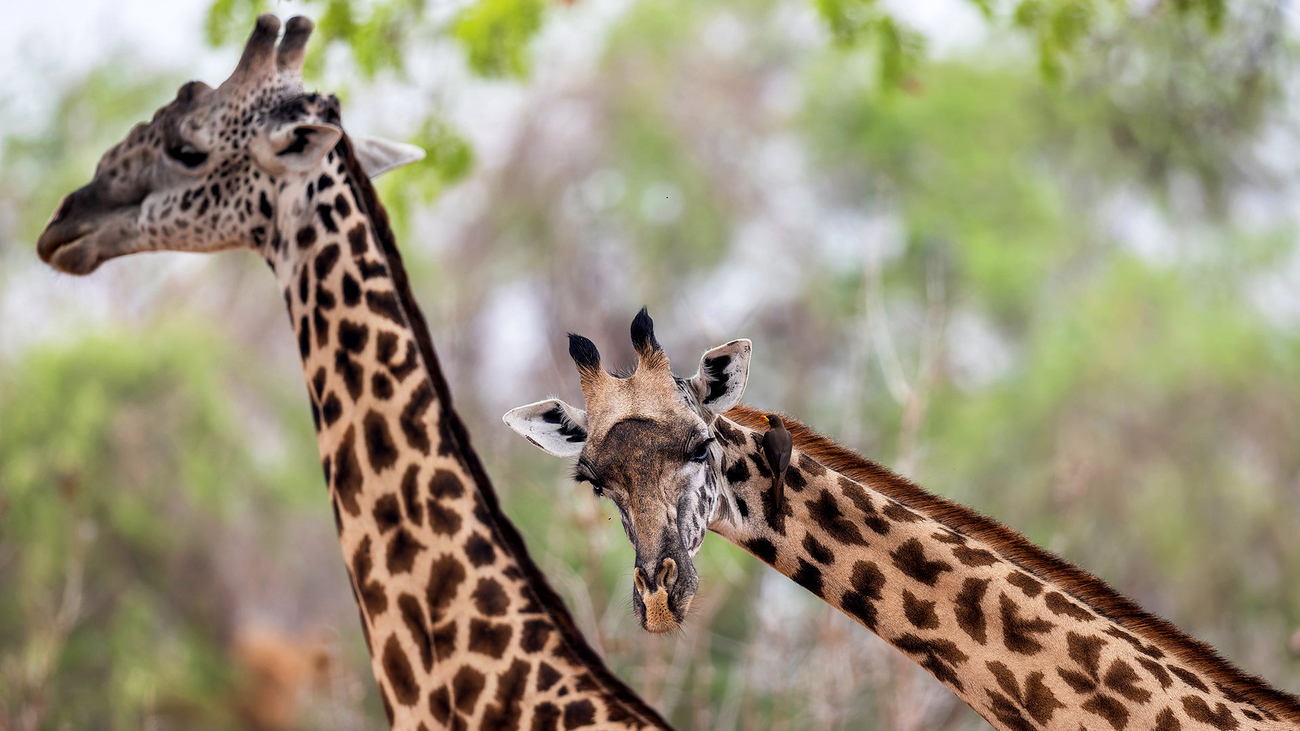
Thornicroft’s giraffe (Giraffa camelopardalis thornicrofti), also known as the Rhodesian giraffe or the Luangwa giraffe, is a giraffe subspecies found only in eastern Zambia. These mammals are classed as vulnerable, and there are only about 420 of them remaining in the wild. Since 1938, their small range in the Luangwa Valley has been protected, and ecotourism to South Luangwa National Park supports the conservation efforts to keep them safe.
One looming threat to Thornicroft’s giraffe is the rapidly growing human population around their range. As water is diverted for human use, it could result in habitat loss for these animals. Additionally, the subspecies’ confinement to such a small area renders them vulnerable to disease and natural disasters.
The black-cheeked lovebird (Agapornis nigrigenis) is a small parrot species recognised by the black feathers around its face, white rings around its eyes, and bright red beak. The rest of its plumage is mostly lime green, with some orange and brown around its head and neck. Black-cheeked lovebirds are found exclusively in southwest Zambia, and they hold a vulnerable status.
There are fewer than 10,000 of these birds remaining in the wild, and sadly many have been taken for the exotic pet trade, though today this is estimated to have lessened. The current main threat to their survival is habitat loss and the replacement of sorghum and millet crops—a food source for lovebirds—with maize. They also have lost some of their water sources to drought, which has caused the disappearance of two distinct lovebird populations.
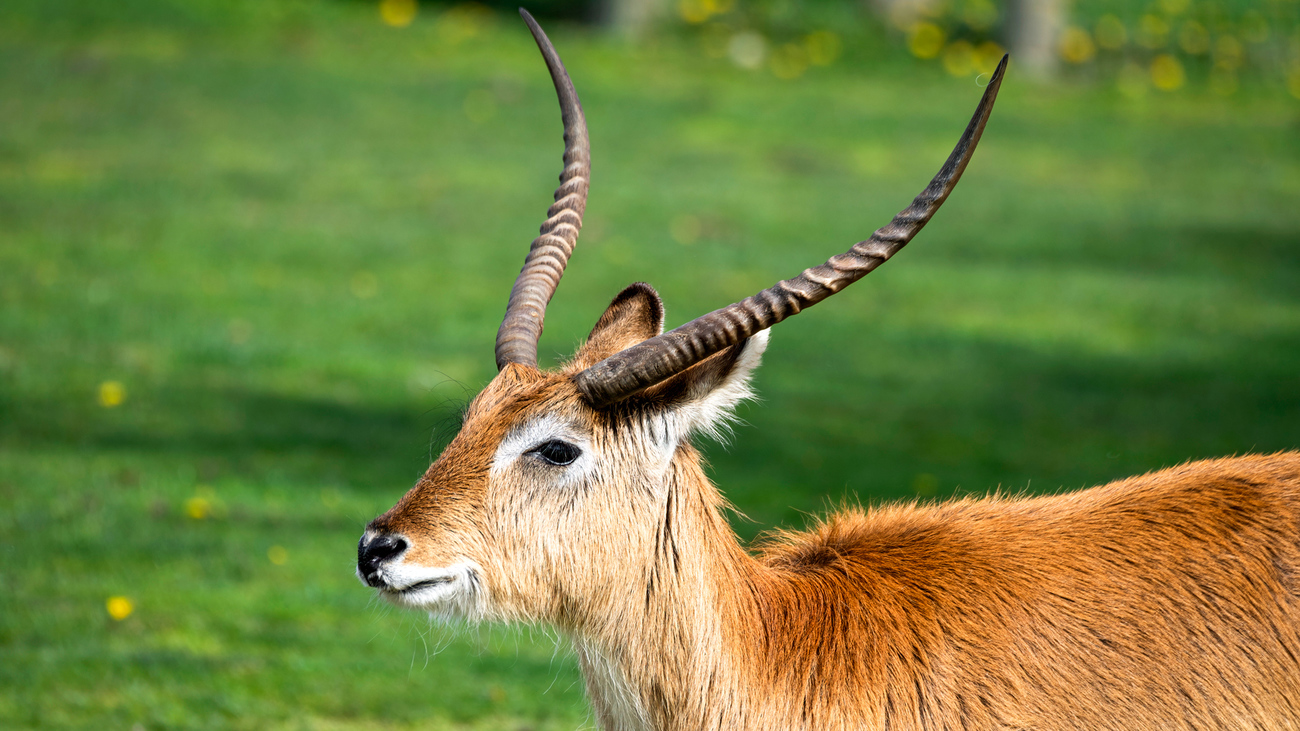
The Kafue lechwe (Kobus leche kafuensis) is an antelope found in Zambia’s Kafue Flats. It’s a subspecies of the lechwe, which is found across the continent. There are about 20,000 Kafue lechwe remaining in the wild, and they are endangered. Their habitat, the Kafue Flats, is a large area of wetland, swamp, and lagoon. Unfortunately, much of it has been altered by human activity. Almost all water flow is regulated by dams, and the land is largely used for livestock grazing and settlement. Invasive shrubs and disease also pose threats to this subspecies.
The southeastern black rhinoceros (Diceros bicornis minor) is also known as the south-central black rhino or the lesser black rhino. It’s a subspecies of the critically endangered black rhino, and it’s found primarily in southern Africa, including in Zambia. There are only about 1,225 southeastern black rhinos remaining in the wild.
The population of southeastern black rhinos in Zambia was first introduced to North Luangwa National Park in 2003—previously, they were extinct in the country. Now, they are closely protected to hopefully prevent poaching, which is the biggest threat to rhinos today.
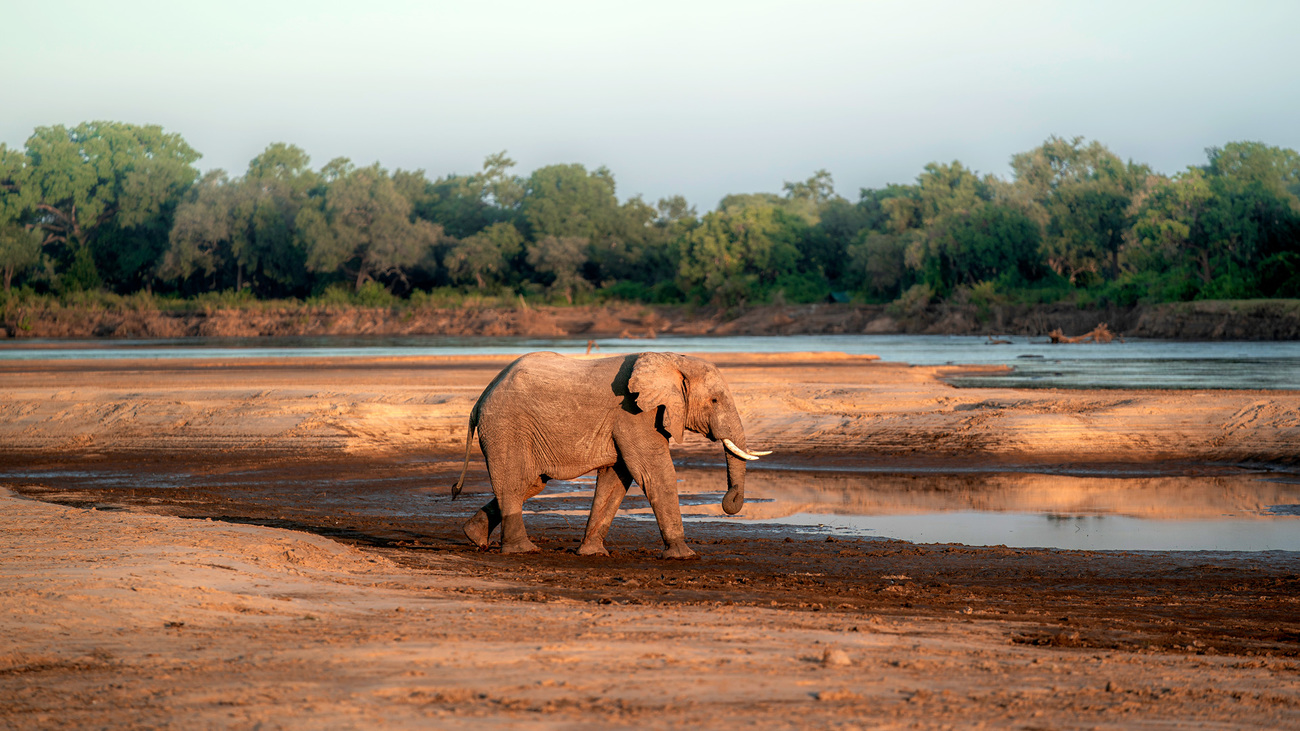
The African savannah elephant (Loxodonta africana) is the larger of the two African elephant species, and it’s found throughout the continent. Zambia once had an elephant population of about 160,000, but this has shrunk to only about 22,000. Poaching for their tusks is one of the biggest threats to African savannah elephants, as is habitat loss—their habitat is becoming increasingly fragmented due to human activity, which is separating elephant populations from each other and often drives them into human settlements, instigating human-wildlife conflict. These elephants are endangered.
IFAW works to protect elephants in Zambia and throughout East and southern Africa through our Room to Roam initiative, which aims to reconnect habitats to provide these animals the space and resources they need. Additionally, we support the Lusaka Elephant Nursery, which gives a home to orphaned elephant calves. We also work to combat wildlife crime on the Zambia-Malawi border.
Zambian barbets (Lybius chaplini), also called Chaplin’s barbets, are small, white birds with large heads and heavy bills. They are plump in appearance and can be recognised by the red feathers around their eyes. They’re found in open woodlands of southern and central Zambia, primarily nesting in fig trees.
It’s estimated that there are about 5,200 Zambian barbets left in the wild, and they are classed as vulnerable. The clearance of fig trees to make space for agriculture and housing is leading to habitat loss for these birds.

The lion (Panthera leo) is one of the most iconic species in Africa. These big cats are found across the continent, but there are only about 23,000 left—they’ve gone extinct in much of their range and are classed today as vulnerable. Zambia is home to one of the largest lion populations, about 1,200 individuals. Recent DNA research suggests that lions may have originated in Zambia.
Lions are often targeted by poachers for their bones, teeth, and claws, which are prized in the illegal wildlife trade. They are also victims of habitat loss due to urbanisation and agricultural expansion. Additionally, the species on which they prey, like zebras, antelopes, and wildebeests, are in decline, which means lions sometimes prey on livestock. This causes farmers to kill lions in retaliation.
Wattled cranes (Bugeranus carunculatus) are large wading birds with white, black, and grey plumage. They’re known to be the heaviest wading birds in Africa—larger even than the shoebill. They can be found in grasslands and wetlands in East and southern Africa, including in most of Zambia. There are about 6,000 to 6,300 wattled cranes in the wild, and they’re considered vulnerable.
Upstream river regulation, agriculture, mining, drainage, and invasive species are degrading their wetland habitats. Nest disturbance, grass burning, poisoning, collision with utility lines, hunting of chicks, and the use of their parts in traditional medicine are all threats to wattled cranes.
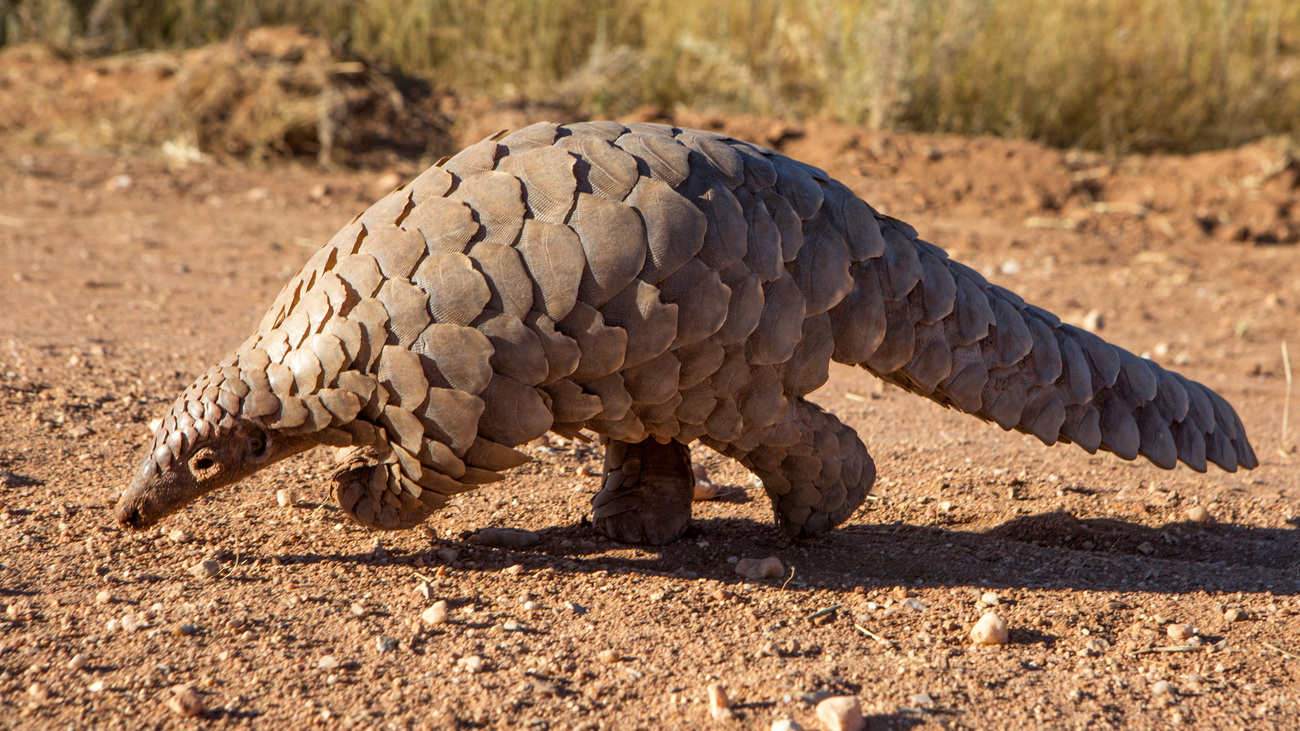
Pangolins are some of the most trafficked animals in the world, yet many people don’t even know they exist. They are small, insectivorous, scaled mammals that are known for their shy nature and their tendency to curl up into a ball when scared. Two pangolin species can be found in parts of Zambia—the endangered white-bellied pangolin (Phataginus tricuspis) can be found along Zambia’s border with the Democratic Republic of the Congo, and Temminck’s pangolin (Smutsia temminckii), which is classed as vulnerable, can be found in the rest of the country.
Hunting pangolins for bushmeat and for their scales is one of the biggest threats to their survival. An estimated 400,000 to 2.7 million pangolins are hunted each year in Central Africa. Habitat loss is another major threat, as humans are clearing the forests where they live.
Lappet-faced vultures (Torgos tracheliotos) are very large birds found across Africa and the Arabian Peninsula. There are only about 6,500 of them left, and they are endangered. These vultures can be found across Zambia, but only breed in specific areas. They are important scavengers in their ecosystems as they are strong enough to tear apart pieces of carcasses that are too difficult for smaller vultures, giving other species access to less tough parts.
Lappet-faced vultures are often victims of accidental poisoning. Farmers use the chemical strychnine to keep predators away, but this poison remains inside the bodies of these animals when they die, and vultures then become poisoned when they eat. People also sometimes take their eggs from their nests.
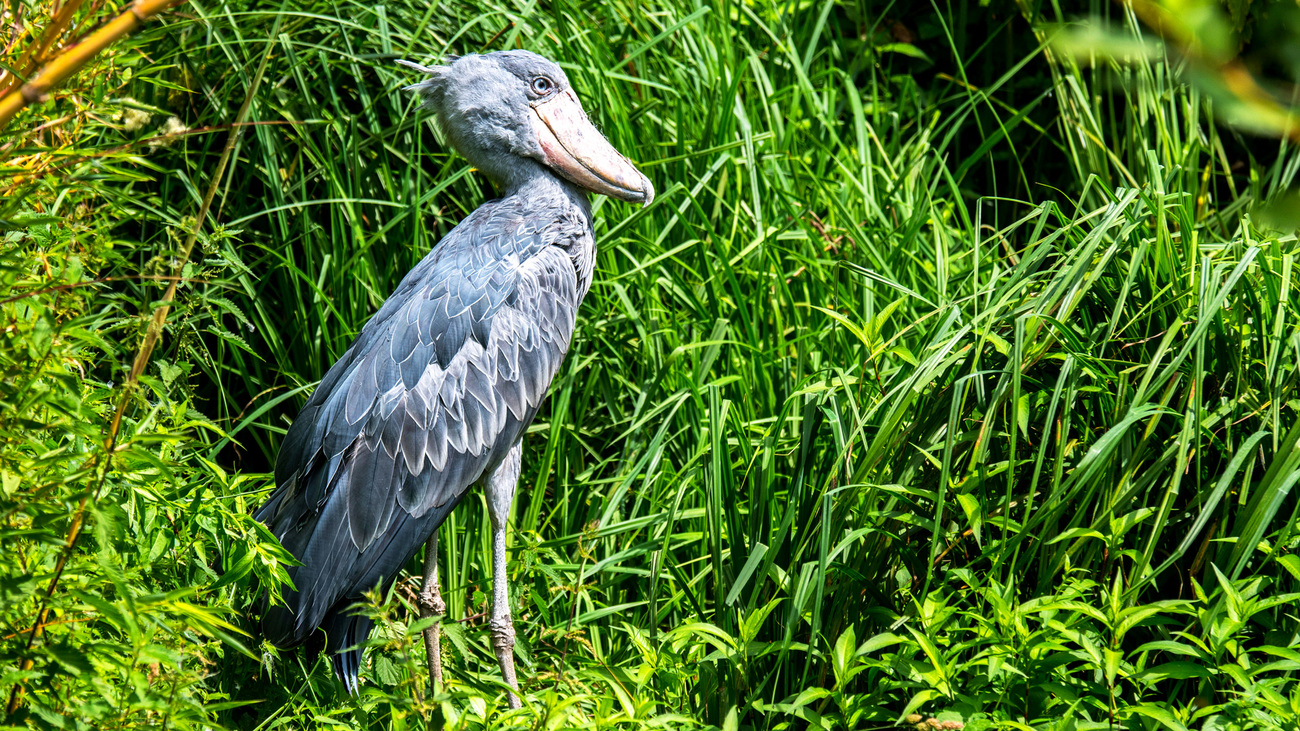
Shoebills (Balaeniceps rex) are large wading birds with some of the biggest beaks of any species. They can be found as far south as Zambia and as far north as Sudan, and they are classed as vulnerable. There are about 3,300 to 5,300 shoebills estimated in the wild. Historically, shoebills have been hunted for meat and to take their eggs and chicks, which are sold in trade for consumption and zoos. The construction of dams impacts their habitat. Burning, cattle grazing, and rice paddies have also encroached on the shoebill’s habitat and impacted the success of their nesting.
Ansell’s shrew (Crocidura ansellorum) is a small mammal found in two tiny pockets of forested area in northwest Zambia, near Isombu Stream and Nyansowe Stream. The species is endangered, and they are threatened by habitat loss caused by agricultural expansion and tree felling. The forests where they live also often experience fires, which degrade the shrews’ habitat.
Kafue mole-rats (Fukomys kafuensis) are rodents found in moist savannahs of southern Zambia, including in Kafue National Park. These mammals are hunted by locals for food, and they’re also thought of as pests, which puts further pressure on their wild population. The threats to this species haven’t been extensively studied, but it’s believed that their population is declining due to these factors, and they are classed as vulnerable.
Zambian yellow warblers (Calamonastides bensoni) are small, yellow and brown birds found near Lake Mweru in Zambia and the Democratic Republic of the Congo. Some researchers class these birds as their own species, while others consider them a subspecies of the papyrus yellow warbler (Calamonastides gracilirostris).
Zambian yellow warblers inhabit papyrus swamps and reeds. Their population in the wild is fewer than 10,000, and they’re classed as vulnerable. Unfortunately, the wetlands where they live are drained for agricultural purposes, and they may also be at risk of fires.
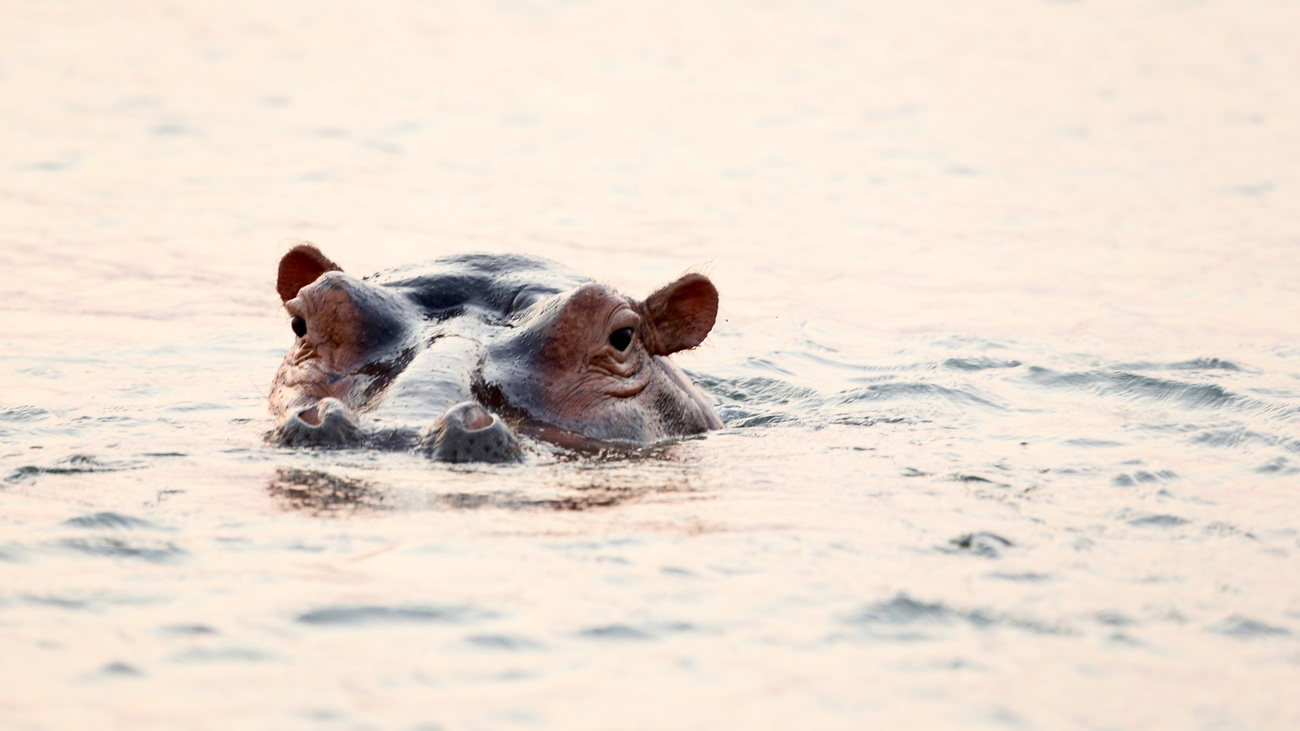
Hippos (Hippopotamus amphibius) are found across sub-Saharan Africa, including in Zambia. They can often be seen in rivers and lakes in groups of over 60 individuals, and they are particularly abundant along the Luangwa River, where there are about 25,000 hippos. The Zambezi River has about 6,500 hippos, the Kafue River about 4,000, and the Lufupa River tributary about 1,600. These are some of the largest hippo populations in Africa, and Zambia is considered a stronghold for the species.
Hippos are classed as vulnerable due to the threats they face. In Zambia, there is concern that human settlements and fishing have contributed to a rise in human-wildlife conflict between people and hippos. This results from hippos and people living in close proximity, which causes crop raiding and attacks from territorial hippos.
Want to help protect endangered species in Zambia and around the world? Learn more about IFAW’s projects, like the Lusaka Elephant Nursery and our Room to Roam initiative.
Every problem has a solution, every solution needs support.
The problems we face are urgent, complicated, and resistant to change. Real solutions demand creativity, hard work and involvement from people like you.
Unfortunately, the browser you use is outdated and does not allow you to display the site correctly. Please install any of the modern browsers, for example:
Google Chrome Firefox Safari